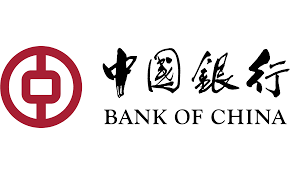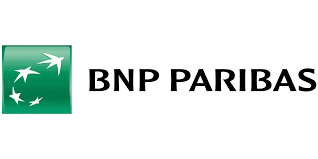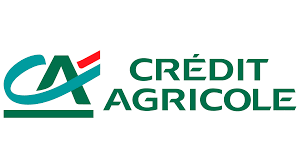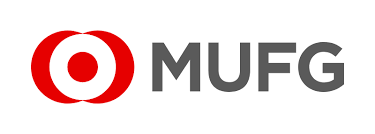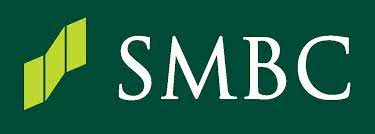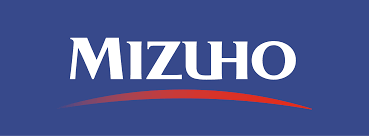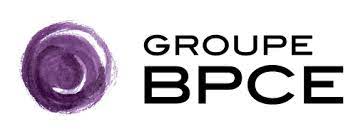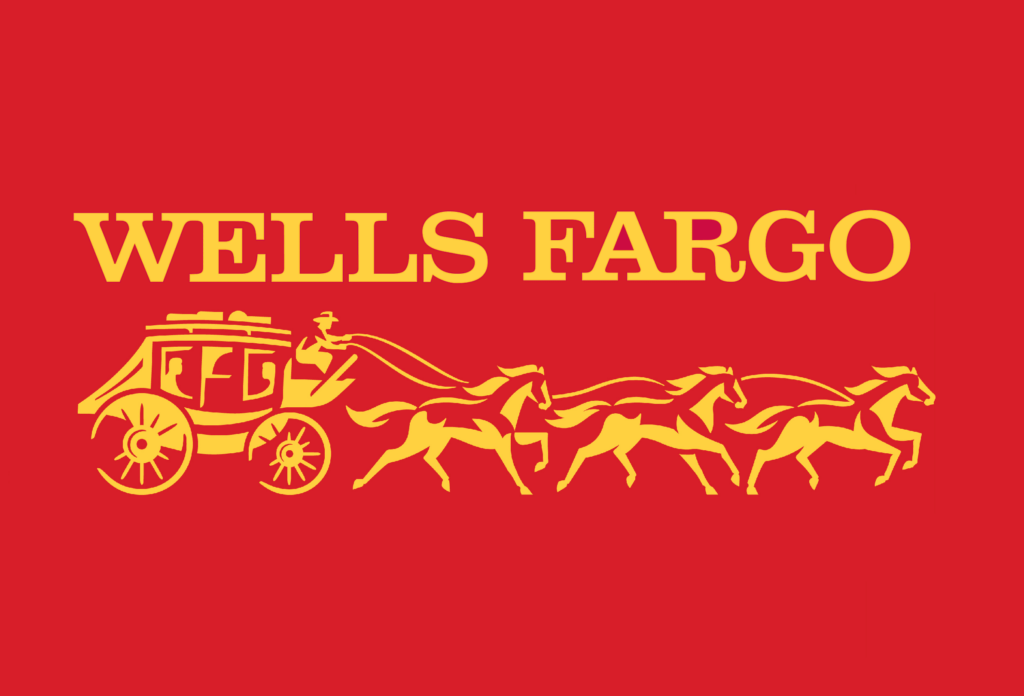Industrial & Construction Bank of China. China Construction Bank. Agricultural Bank of China. Bank of … China.
These four banks all have something in common, and it’s not what you think. They’re the four largest banks in the world by asset size.
Unless you’re familiar with China’s financial system, you probably haven’t heard of any of them. But you’ve certainly heard of some of the other huge global banks on this list, like JPMorgan Chase Bank, Bank of America, Wells Fargo, and Citibank.
These large U.S.-based banks hold their own against competitors based in China, Japan, France, and Spain. See where they fit on our list of the top 20 biggest banks in the world.
20 Largest Banks in the World by Total Assets
These are the 20 biggest banks in the world right now. Each listing includes the bank’s size by consolidated assets, along with some additional notable details:
- Headquarters. This is usually the location of the bank’s official registered office, or that of the bank’s parent company if applicable. Some U.S.-based banks have two headquarters, one for their official registration office (known as a charter office in the U.S.) and one where executive leadership works. Executive offices tend to be in major financial centers like New York City, while charter locations tend to be in places with favorable regulatory environments, like South Dakota.
- Founding Date. Many of the banks on this list have predecessor organizations dating back to the 1700s or even earlier, but most got as big as they are by merging many times with other banks. These mergers often dramatically restructure the organization such that it’s a functionally new bank, which is why you see many founding dates in the 1990s and 2000s here.
- Current CEO. This is the current chief executive(s) responsible for day-to-day leadership. Especially in China and Japan, the chief executive is often also the chair of the bank’s board of directors and may not even have a formal “CEO” or “President” title.
Where Did We Get This Data?
We got the data and information for this list from a variety of sources:
- Asset Data for Banks Based Outside the United States: For non-U.S. banks, we used the LexisNexis Bankers Almanac Counterparty KYC lookup tool, which includes asset and balance sheet information presented here.
- Asset Data for Banks Based in the United States: For U.S.-based banks, we used the Federal Reserve’s Large Commercial Banks database, which includes asset and balance sheet information for the more than 2,000 American banks with $300 million or more in consolidated assets.
- Other Public Information Sources: For details like headquarters location, founding date, and current leadership, we used a variety of other publicly available information sources. Virtually all the banks on this list are either publicly traded or state-controlled, which means they’re obligated to release certain information to the public.
Final Word
The biggest banks in the world are vital to the continued functioning of the global economy. As we saw during the Great Financial Crisis of the late 2000s, even a hint of trouble at major financial institutions can have far-reaching consequences for markets and wallets.
Which isn’t to say that banks not on this list are unimportant. Thousands of community banks and credit unions in the United States have $300 million or more in consolidated assets, the minimum amount at which the Federal Reserve bothers tracking their size. Collectively, they control more wealth than the country’s “big four” institutions.
The story is much the same around the world. For every massive bank on this list, there are dozens more toiling in relative obscurity to serve consumers, small businesses, and big corporations alike. Don’t sleep on them, wherever you happen to live or work.



